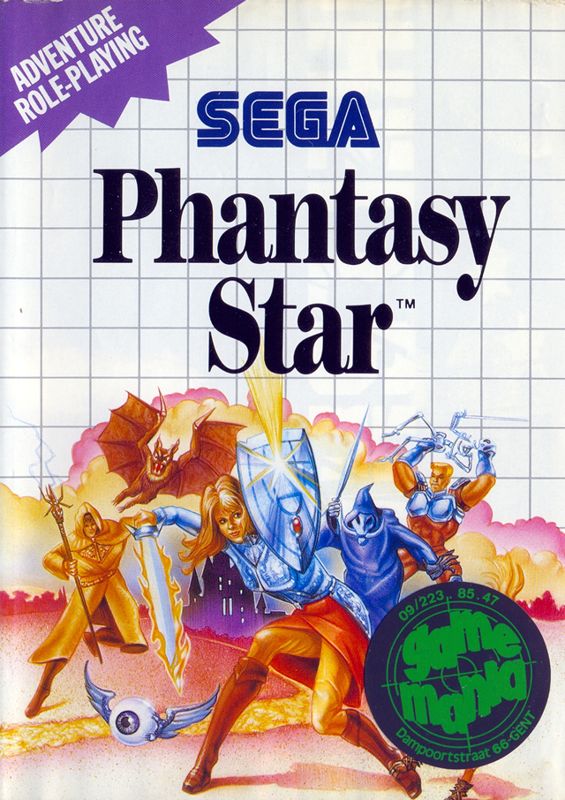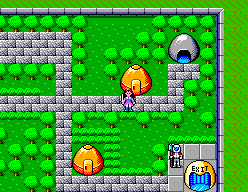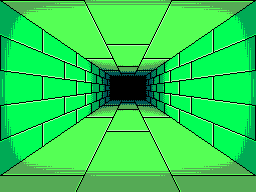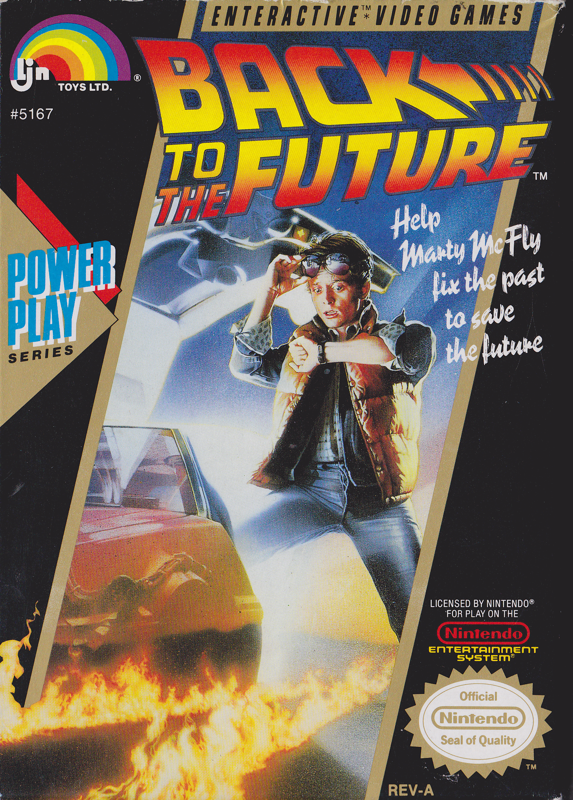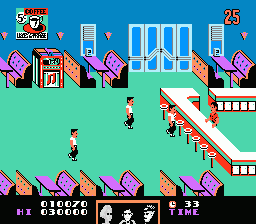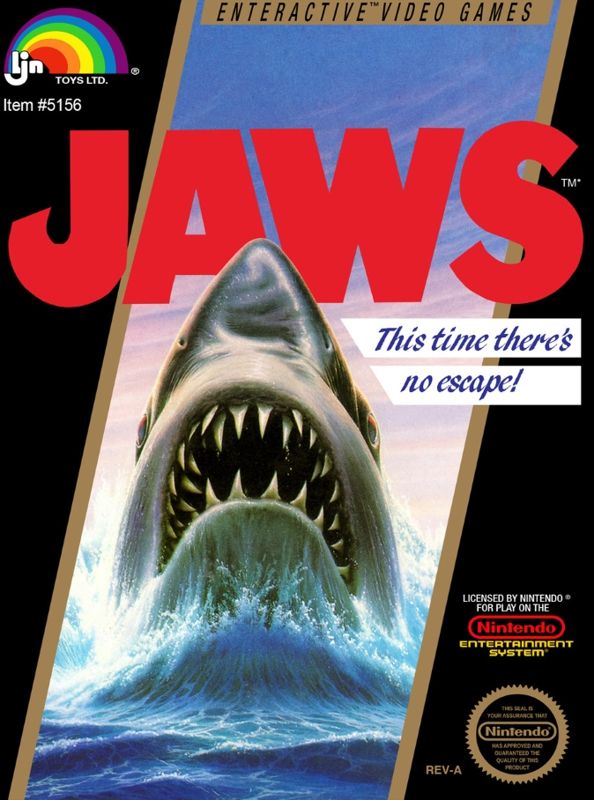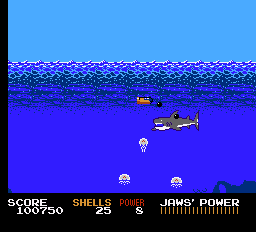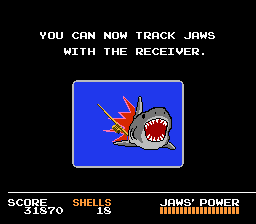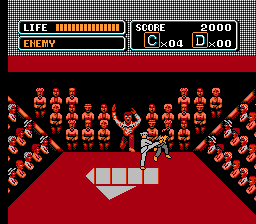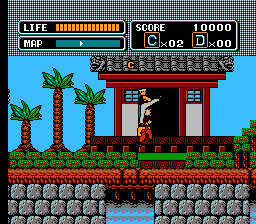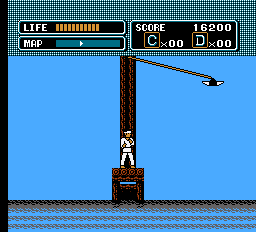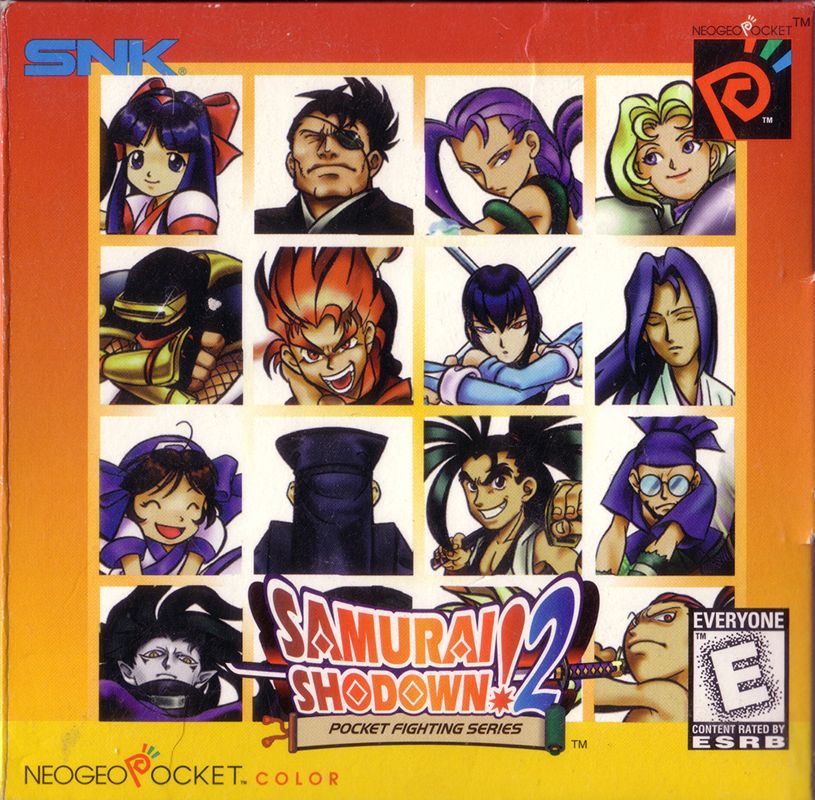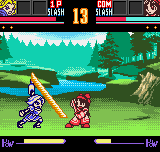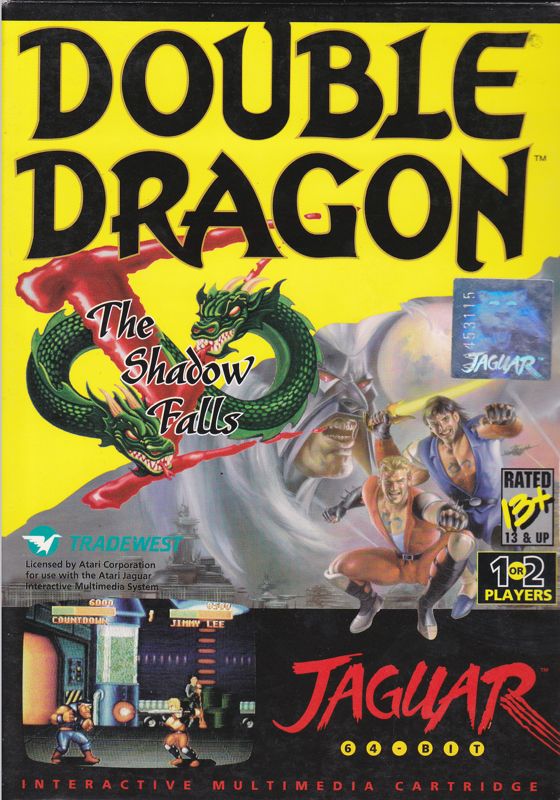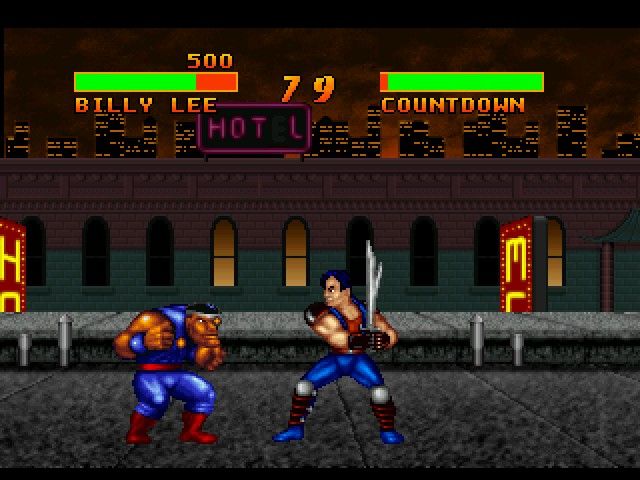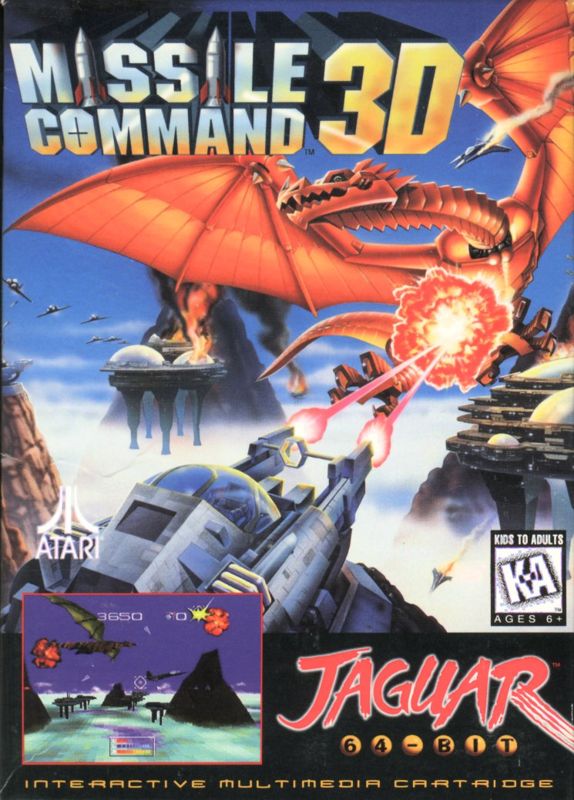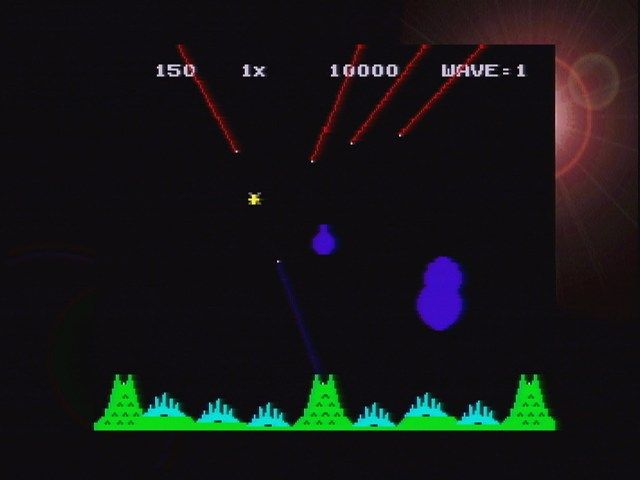Developer: Sega
Publisher: Sega
Releasee Date: November 1988
It didn't take very long for Sega to realize that their Master System was never going to overtake the popularity of the NES in America. Their market share ended up being disappointingly small which means that they had to operate on a budget. The SMS is remembered almost as much for its hilariously simple box art and cheap, black-and-white manuals as it is for the games. They had to get by mostly on self-published arcade conversions that were more often than not fun, but not revolutionary like so many NES games of the era. There were even cases like Captain Silver where they cut out a large chunk of the game itself so that they could save money. More Captain Silver wouldn't necessarily be a good thing, but it does show just how difficult it was for Sega to make any headway in America. However, sometimes they would put everything they had into a game, and the results could be incredible. Games like Sonic the Hedgehog and R-Type rank among the best of their genres. Then there is Phantasy Star, which is quite possibly the most important game Sega ever released outside of Sonic the Hedgehog. Phantasy Star is the game that showed the western world that the turn-based RPG had arrived.
There were a few console RPGs in America before it, but Phantasy Star is certainly the game that solidified the formula, and it even beat Dragon Warrior to the states by almost a year. In Japan, of course, Dragon Warrior was released a year and a half earlier, but Phantasy Star is so large and impressive that it barely feels like it is from the same decade. It does have a similar beginning which I love, and certain modern gamers might hate. You play as a young woman suddenly thrust into the role of avenging her brother against an evil tyrant, so it's no surprise that you start out weak. Alys starts out so weak that the player can only get through one or two battles before running back to town. It's not an overly grindy game, however, and the difficult beginning allows the player to get used to the sights and sounds. The graphics and music are so good that I'm never in a hurry to make progress. The game is quite large, however, so I have to get going.
Phantasy Star very famously has three planets to explore, and Sega doesn't waste any time showing this off. While most games would have the player explore an entire planet and then send them off to the next one in a liner fashion, Phantasy Star sends them planet hopping within the first couple of hours. This gives the game an expansive feel that wouldn't be present if each planet was more isolated. In the last third of the game, I found myself going between planets frequently, and even though all three of them put together are about the same size as a Final Fantasy overworld, it feels very large. It helps that the world is full of secrets and there isn't very much wasted space.
Also, if you like old PC games than you will probably like Phantasy Star. The dungeons are the 3d kind that you have to map yourself. This can feel strange from a modern perspective, but I find mapping to be a lot of fun. They are certainly well designed, and when I was young, I got through most of them by pure memorization. I don't think I could do that now. Of course, if you don't feel like mapping anything than you can just look them up on the internet. It's also on Nintendo Switch if you want to play a version that auto-maps.
One thing Phantasy Star does share with Dragon Quest is that it is fairly light on plot. It stays a revenge tale throughout, and once Alys finds her three companions the game becomes more about finding items and getting stronger. There is practically no character development beyond changing Odin from a statue into a flesh and blood human. I think in Phantasy Star's case; however, this is actually a good thing. Too much plot would get in the way of exploration, and very few 8-bit RPGs are as fun to explore. Every dungeon has an important item or interaction, and they can be explored in a somewhat non-linear fashion. I didn't have too many instances after the first few hours of wandering into a new area and instantly getting killed by strong monsters. NPCs actually give good hints too, so it's not too hard to make a list of tasks. Of course, like every good RPG getting lost isn't really a bad thing. I needed all the leveling I could get, and it's nice when the leveling feels organic. Phantasy Star manages to be difficult throughout without feeling unfair.
Phantasy Star managed to make an impact critically, although it didn't sell all that well. Because of its massive size it was just about the most expensive game on the market. I know I've seen it advertised for $80.00, which is more like $220.00 in today's money. Even buying a boxed copy today is comparatively cheaper at an average of only $150. Still, enough people played it to spread the word that Sega was really on to something. After Phantasy Star's release, every console had to have a high-profile RPG to get critics talking and attract that special breed of gamer. It wasn't too long before Nintendo started porting over Dragon Warrior and Final Fantasy games, and Phantasy Star's critical success probably helped out Sega's upcoming Genesis more than it boosted the Master System. Phantasy Star made people see the future of gaming, and it sure looked like the future was going to belong to Sega.
Phantasy Star would certainly be near the top of my list of essential RPGs. It manages to be just about everything. It's that rare game that is just as much fun to play as it is important. It still plays great even as it approaches forty years old. And even better, it's now much more available than it was back in the late 90s when I first started tracking it down. There are numerous modern console versions, including the aforementioned Switch version which I bought for three dollars and had just as much fun as I did when I first played it twenty-five years ago. So why am I pushing you to buy this game so hard? Well, I'm looking at my list, and there's only one place Phantasy Star can go. It's going all the way up to the top. It has finally dethroned Zelda II which I reviewed almost five years ago. Also, how is this blog five years old already? Hopefully in the next five years I'll have some of these consoles completely ranked. I'll have fun ranking all the other Master System games, but it will be a little sad too. I know no other game will reach the same heights as Phantasy Star.
Master System Quality Percentage: 8/12 or 66.66%
https://docs.google.com/document/d/1G01RKJ7-caaal5lgFfGgPfZRGcqWlv4E3E2E615UYKg/edit?usp=sharing
